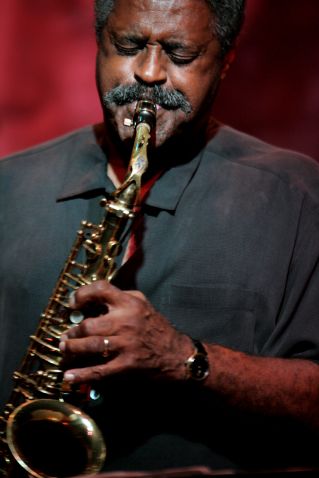About the Book

Mark Stryker’s Jazz from Detroit celebrates Detroit’s profound
influence on jazz from the mid-20th century until the present day.Jazz from Detroit will appeal to jazz aficionados, casual fans, and anyone
interested in Detroit’s vibrant cultural history.University of Michigan Press. 358 pages, 35 photographs
Detroit’s contributions to American musical culture have been widely celebrated, from Motown to soul, blues, gospel, pop, rock, and techno. But Detroit’s jazz legacy has yet to receive to its proper due. Mark Stryker’s Jazz from Detroit refocuses attention on the city’s influential role as one of the most prolific breeding grounds for innovative jazz musicians and front-rank stylists.
Jazz from Detroit is a landmark — the first book to explore Detroit’s pivotal role in shaping the course of modern and contemporary jazz from the 1940s until the present day. Written by an award-winning reporter and music critic with nearly 25 years of experience covering the Detroit scene, the book sweeps authoritatively through 75 years of jazz history and chronicles the indispensable contributions of dozens of musicians nurtured by Detroit. As Stryker writes in the book’s preface, “The history of jazz and the history of jazz from Detroit are indivisible. You can’t tell one story without the other.”


.jpeg?token=ed6f9e8fae8c3a0135f403f8f76e0dc6)